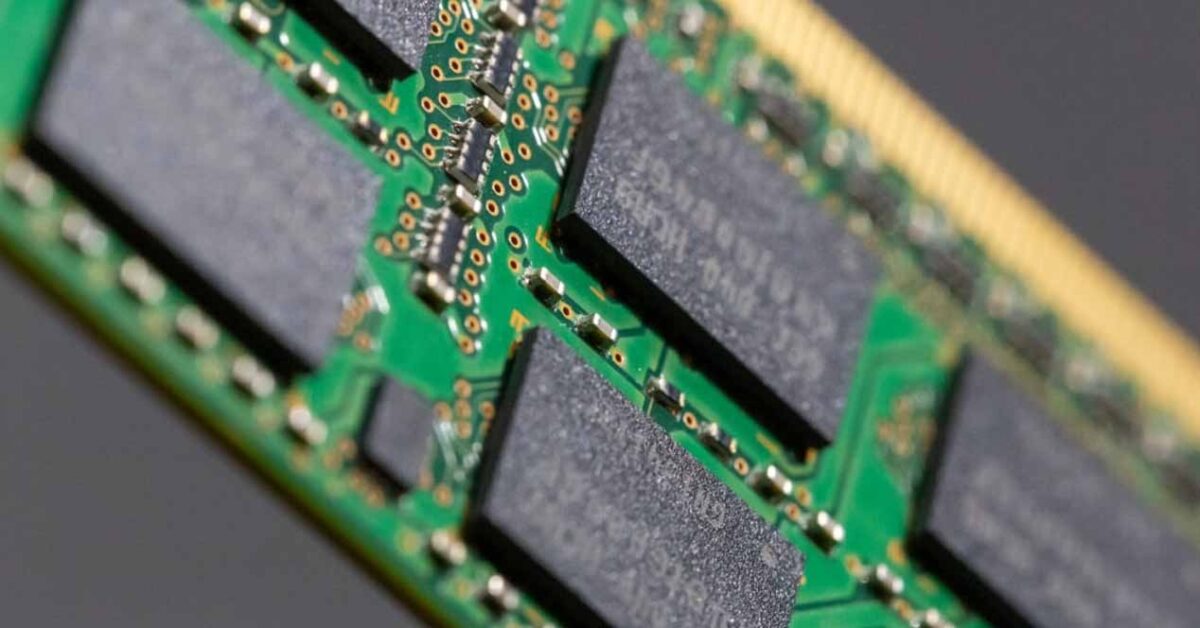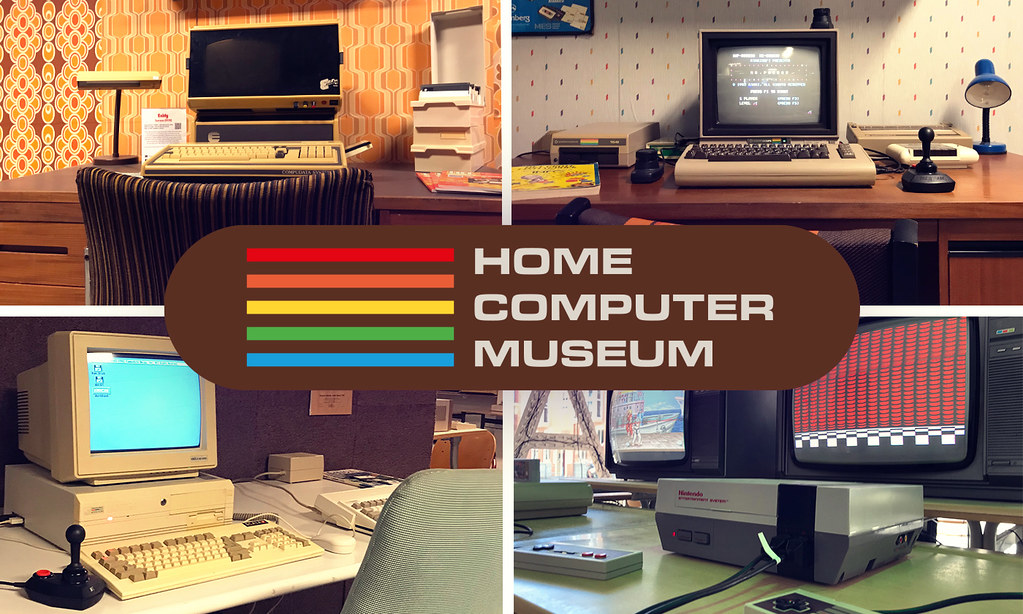In a previous post, we built a private World of Warcraft server running the Wrath of the Lich King expansion with TrinityCore. This time we’re building another WotLK server including PlayerBots with CMangos. After having played around with these PlayerBots I was really pleased with their behavior. I definately prefer them over the NPCBots we used in the previous post. What made it even more interesting was to have the …
Docker Gems: Tools That Actually Earn Their Keep
In this post, you find a list of Docker containers that I personally find to be very useful to always have running. In case you never heard of Docker, this content is probably not for you. I’m going to assume that you’re already somewhat familiar with Docker, and have it running on whatever OS you’re using. I also assume that you’re not afraid to use the command line or console …
Oops! My bad!
So, there I was, just messing around with a new theme for this website, with my brain completely shutdown, when I decided to import something from somewhere for some new theme. I noticed that the import also added a bunch of fake, placeholder posts to my site. No big deal, it only took me a minute to remove them again. But then I heard the notification sound that my Outlook …
AppleTV+ Top Shows
Let’s hate a bit on Apple first, to get it out of the way In general, I’m not a huge fan of Apple. I’m an Android/Samsung user myself, so I’m supposed to hate on Apple. Right? Isn’t that how it’s supposed to be? That’s what I was thought. We are the good guys, Apple represents the dark side. Something like that. Even though their designs are gracious, their GUIs are …
Bananas
Translation: Hello ustoopia (Andre), We had every confidence that you would reach this milestone and hopefully you did too. You are doing great. We would like to celebrate with you. Share this gif (and this good news) using the hashtag #1KCreator. Kind regards, Team YouTube
Use a RAM disk to store temporary HLS video fragment files of your live-stream server
What exactly is a RAM disk?Why would I want to use a RAM disk?How large should the RAM disk be?How to create a RAM disk I’ve posted several articles in the past, most noteably this one, on the subject of live-streaming, so it shouldn’t be a real big surprise that I’m doing another post on it. A RAM disk can enhance your live-stream server, while at the same time increasing …
Home Computer museum in Helmond
Last week, I visited the Home Computer Museum in Helmond (https://www.homecomputermuseum.nl), and I decided to write a post on how I experienced this museum. This was in fact my second visit, since I visited the museum several years ago for a first time. In between my visits, many things have changed, all for the better. I am aware that being a computer geek myself, my opinions on the museum might …
Host a registration page for your private WoW server
This post is an addition to something I posted recently: https://www.ustoopia.nl/games/build-a-private-wow-wotlk-server-with-npc-bots-on-ubuntu-22-04/ So, you have your own private WoW server running now, and you would like to invite some friends to come and play with you on your realm. That is exactly when this tutorial comes in handy! To streamline the process of creating a user account for your realm, we’ll be setting up a simple web page where people can …
R.I.P. Miss Poes
Miss Poes. apr 2005 – 14 feb 2024. Sadface 🙁
Use this script to automate the setup of a live-stream server on Ubuntu 22.04
What the script does, is build a decent live-stream server for you, from scratch, on a machine running on Ubuntu 22.04. The live-stream server will be fully configured and work out-of-the-box, with an RTMP entry to send your stream to, Adaptive bitrate streaming for the viewers in HLS and/or DASH formats. A webpage with a very basic video player is also included, and a simple /stat page can be used to display some data on the live-streams. To top it all off, I included a couple of pointers that will help you on your way in this environment.
Build a private WoW WotLK server with NPC bots on Ubuntu 22.04
This tutorial guides you through setting up a private World of Warcraft server for the Wrath of the Lich King expansion, using TrinityCore on Ubuntu 22.04 with NPC bots. It provides step-by-step instructions, starting from server prerequisites to editing config files and dealing with the databases. The author shares a personal connection with WoW, experiences with the game, and the motivation behind creating the server, highlighting the importance of the game’s social aspect and how innovation from the community has made such setups possible. The tutorial includes detailed technical steps and additional tools like Supervisor to manage the server processes.












